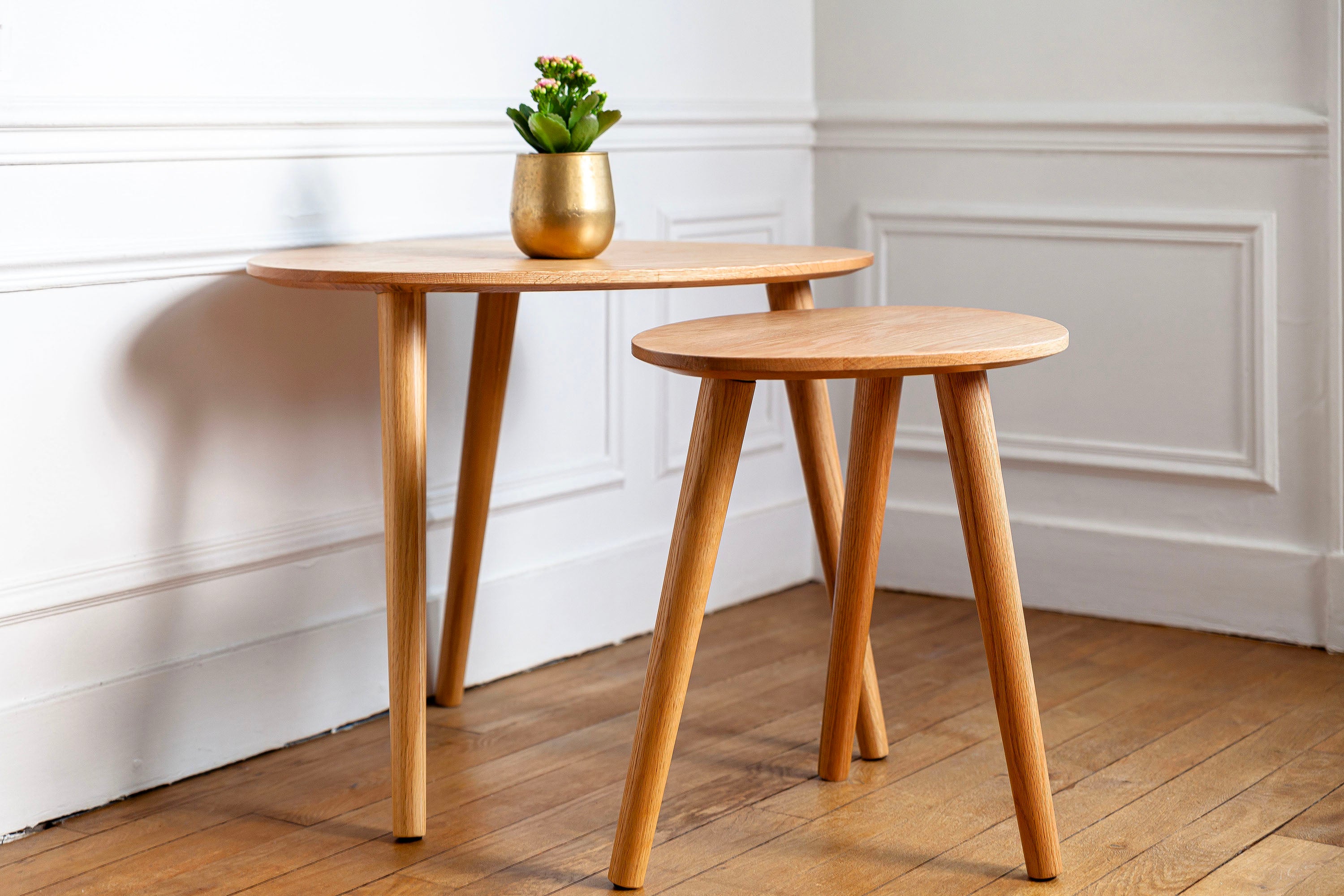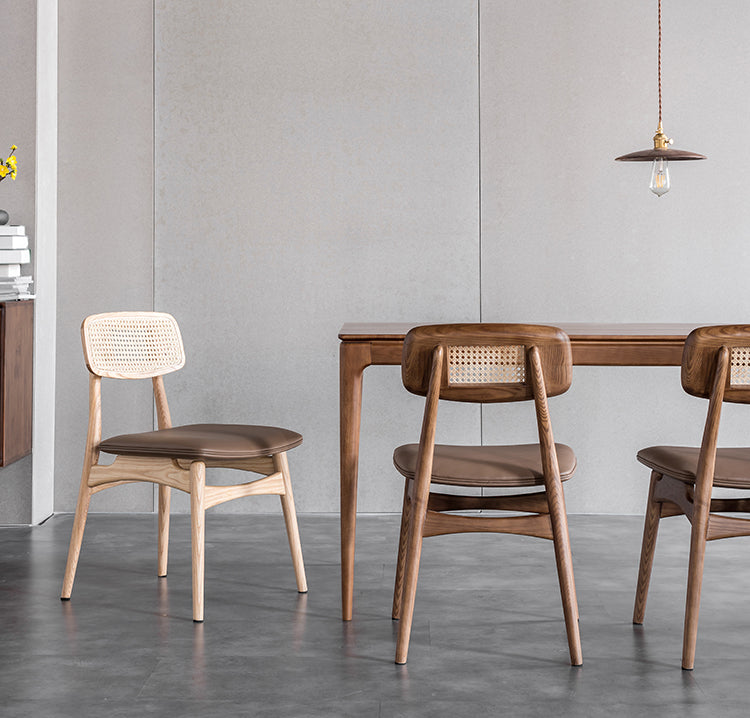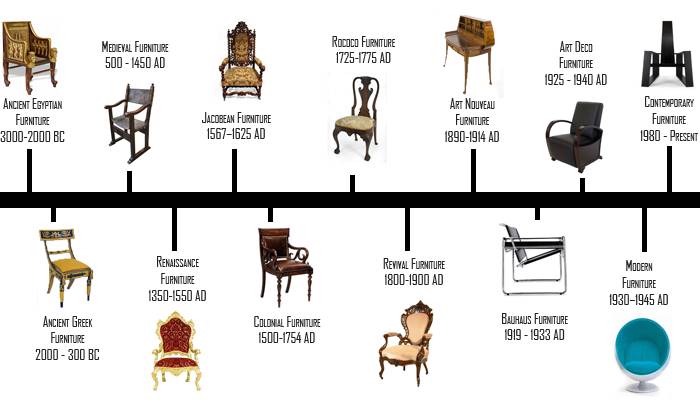Interior decoration styles, which one suits you best?
Decoration style, also called design style, is the general characteristic of home decoration. Everyone's preferences are different. Establishing the decoration style makes it easier for designers to grasp the footing of the design, and it is easier for people to express a demand for the desired decoration effect.
The decoration is classified by style: modern, industrial, Scandinavian, …. And the list is still long.
The modern style
"modern" is a general term that generally refers to a house with precise and clean lines, simple colors and the use of variable materials which can include metal, glass and steel, etc.
The modern design appeals to a sense of simplicity throughout, including the furnishings. We can say that the modern style is "pure".
We are here to separate the difference between modern and contemporary. Even though there are similarities, but there are some big signs that indicate the differences between the two styles.
Modern design refers to a specific period. (came to prominence in the middle of the 20th century.)
Contemporary design is constantly evolving.
In modern interior design, as we have already explained to you in the previous paragraphs, furniture has clean lines with smooth and elegant surfaces. Metal, chrome and glass, in particular, are the favorite choices of designers. In modern interiors, decor to a minimum. They tend to get rid of trinkets and use art as the main decor. It's common to see bold, colorful accents in art and furnishings in a mostly neutral space.
2. The contemporary style
The main difference between modern and contemporary is that modern is a strict interpretation of design that began in the 20th century.
Contemporary, is more fluid and can represent a sense of topicality with less adherence to a particular style.
For example, contemporary style may feature curved lines, but modern design does not.
When you find interior design styles throughout history, contemporary interior design is the only one that is continuously evolving. The contemporary design style will continue to evolve into the 21st century.
Contemporary makes present to all that is in the present moment, which creates an environment suited to last a lifetime.
3. The minimalist style
The minimalist is very popular in some Anglo-Saxon countries. It takes the notions of modern design and simplifies them even further.
Colors are neutral and airy, furniture is simple and clean, and nothing is overdone or flamboyant about accessories or decor.
Minimalism is ultimately defined by a sense of functionality and ultra-clean lines.
Contemporary design and minimalist design have many qualities in common. Both have simple shapes, clean lines and simple finishes.
The style of minimalist appears from Japanese design and essentially on "less is more".
And for the minimalist style loves empty spaces.
Although most minimalist interiors have a neutral color scheme, primary colors can also be used as an accent color. With 'less is more', you will find that functional furniture is the most essential element.
Storage is very important in a minimalist design and that is why furniture often serves as hidden storage. For example, a coffee table that lifts up to reveal storage space is one of the many creative solutions used in minimalist designs.
4. The industrial style
The industrial style is inspired by warehouses or lofts.
There's a sense of unfinished brutality in many of the elements, and you see exposed brick, conduit, and wood. An industrial design themed home would be a renovated loft of an old industrial building rather.
If we say that industrial interior decoration is trendy, it also has its stories. When the factories of Europe closed at the end of the second industrial revolution, they left behind many large buildings unoccupied. The increase in population has caused the conversion of business areas into residential neighborhoods.
Materials like brick and concrete are a great way to give a space lots of character. We don't speak the words "soft" or "intimate" to describe this interior decoration style. Its masculine tendencies are tamed through the use of loose texture. Oversized artwork and decorative accessories are perfect complements. Furniture is often raw or unfinished and associated.
5. The Scandinavian style
Scandinavian design presents the simplicity of life demonstrated in the Nordic countries.
Scandinavian furniture design often feels like a work of art, despite being simple and understated.
Furniture is functional and features interesting lines, many of which have a sculptural influence.
Other common features include all-white color palettes and the incorporation of natural elements like pressed wood, glossy plastics, enameled aluminum, steel, and wide planks.
With natural light and spaciousness, fewer accessories and functional furnishings characterize Scandinavian designs.
Scandinavian design is one of the easiest styles to recognize. Light, airy and organic.
Woods are almost always an ashy color in Scandinavian interiors. Nordic spaces exude a relaxing and inviting atmosphere.
Among their main features are:
white walls
large mirrors
comfortable and cozy textiles
Layered fabrics, glass furniture, clean lines and textures create a truly comfortable and cozy atmosphere.
6. The French country style
Warm, earthy colors are indicative of a French country style, as are worn and decorative wooden furniture. This style is inspired by our beautiful farmhouses.
French rural design can include soft, warm tones (red, yellow or gold) and natural materials like stone and brick. The "French country" design can include collections of decorated porcelain tableware, linens and bedspreads.
Like other styles, this style of decoration is a mixture of other different styles. It all starts with timeless antique furniture.
7. The Asian Zen style
Have you ever heard of Yin Yang? Asian Zen interiors are the origin of nature. They emphasize random lines, interesting shapes and a relaxing atmosphere. References to nature are key to creating the ultimate zen space.
Asian interiors are often asymmetrical and more often use circles. Curtain walls or panels are for dividing up a larger space and giving a sense of privacy. The color palette is strictly taken from nature in order to keep a serene and calm atmosphere.
If you are looking for a clean interior design in your home, taking inspiration from the Asian Zen style might just be the right direction to go, as an Asian Zen interior is minimal but with unique natural elements.
Think of a minimalist space furnished with organic materials and filled with natural light. Imagine a light and airy space, free of bulky infill surfaces, and offering a feeling of openness for the ultimate oasis. An Asian Zen interior like this should be visually balanced, with plenty of floor space promoting calm and peace.

















Leave a comment